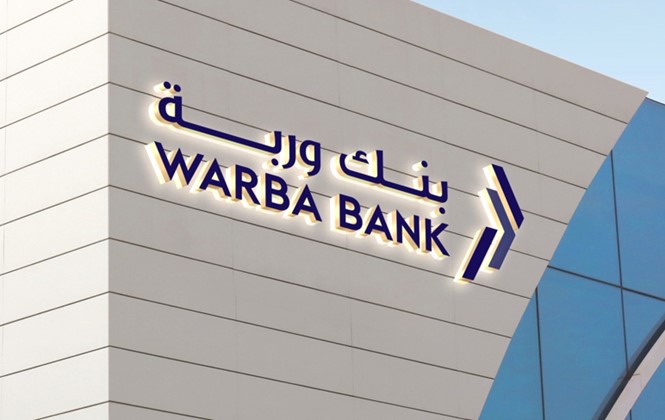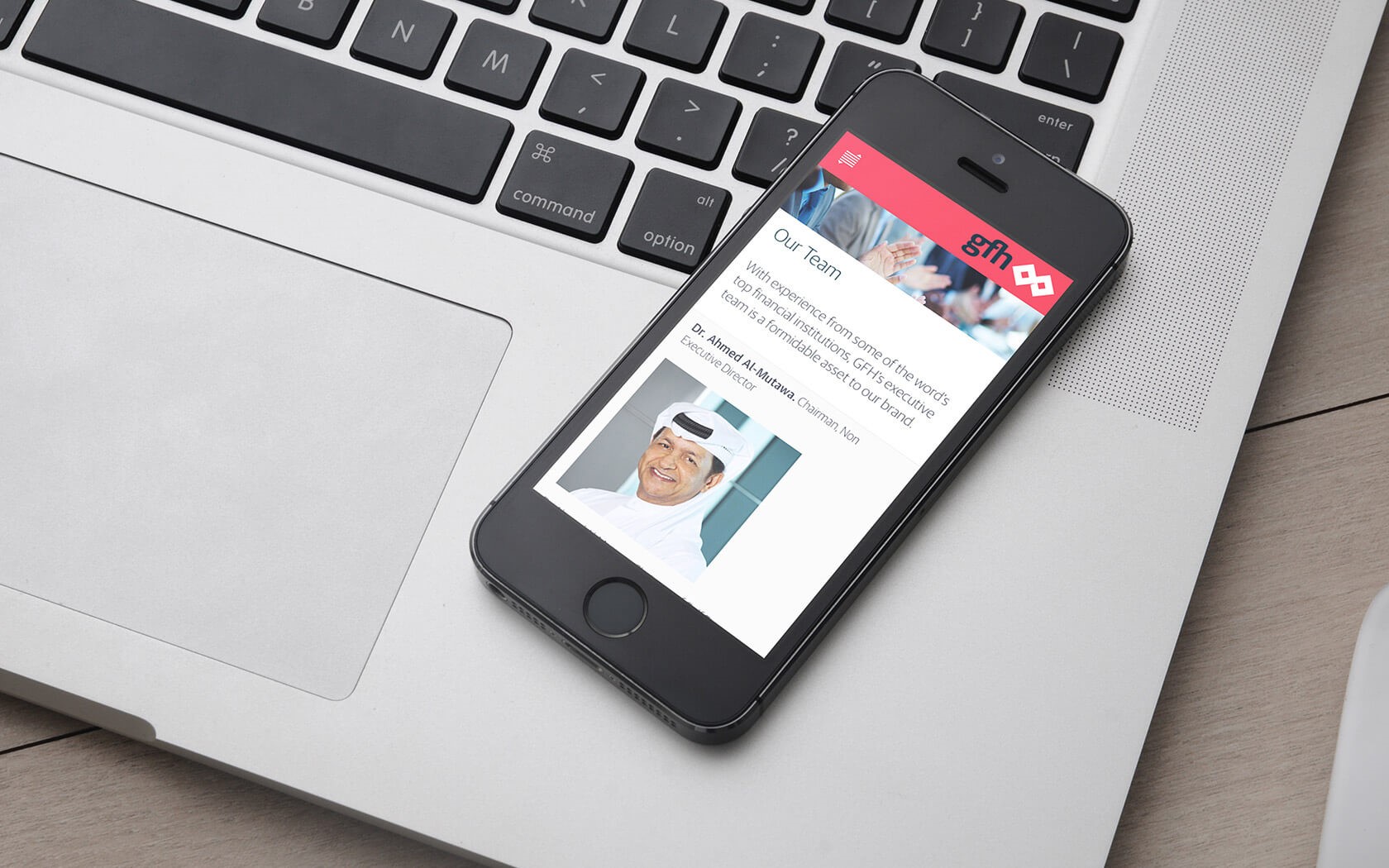Internationalising Islamic bank brands

Banks in the Middle East are contending with a changing financial industry, the introduction of digital-first brands and a young, global population. Antonino Lupo reports on the tensions between traditional banking and modern branding
The median age of the population in the Middle East ranging from 19.8 to 37.2. Compared to Europe’s 29.6-53.8 range or North America’s 286-47.2, young people are dominating the culture across the Middle East and north Africa region.
This generational shift is also putting pressure on the region’s banks. Middle Eastern banks have been forced to choose between traditional banking – and branding – methods and maintaining relevance with the region’s young, international population. This evolving landscape has led to a gradual internationalisation of Islamic and Middle Eastern bank brands, which have shifted away from traditional visual cues in favour of more contemporary identities.
This strategy was adopted by non-Islamic banks in the region as well, such as Bank Muscat, which rebranded in 2019 alongside Bahraini creative agency Unisono. Although a traditional financial institution, Bank Muscat opted for “an elegant reduction of the existing brand cues,” according to Unisono creative director and owner Liam Farrell. The bank did not wish to be identified purely as an Omani bank, but chose to embrace the visual cues of the region and make them its own. “The existing brand used old-fashioned bevelling and embossing as well as very hackneyed Islamic patterns which were used by every other brand in the market. To stay relevant, we had to find a new voice for the brand that would bring it into the modern era without losing its essential nature,” Farrell adds.
Bank Muscat is a prime example of the generational and internationalisation pressures affecting the brand of a major, established financial institution in the Middle East. But Bank Muscat is an international organisation, leaning towards the western financial culture; Islamic banks in the region were faced with a tougher challenge. All Islamic banks share compliance with the sharia values of trust, transparency and truthfulness. Where traditional banks would charge interest to make profit, for example, Islamic banks are forbidden from doing so by sharia law. Ten years ago, in the midst of the recession, Islamic banks had yet to realise the appeal their brands could have for western audiences who had seen traditional banks suffer in 2008 and 2009. Instead, Islamic banks, on the whole, prioritised their local communities. However, the pressures of internationalisation have slowly forced them to adapt.
While some were born digital, like the 2014 newcomer Meethaq, most have realised times are shifting and there is a growing need for ethical banking beyond the Middle East. This year, for instance, Warba Bank unveiled a rebrand by London-based consultancy Industry. The bank was established in 2009 by the Kuwaiti government, which granted 76% of shares to Kuwaiti citizens. It was, in all aspects, a new bank, and a bank of the people. However, according to Industry director James Packer, its first identity was conventional. “They opted for a classic, traditional brand identity program with the symbolism of the palm tree in the design to represent prosperity,” he says.
The creative agency used the bank’s commitment to innovative banking solutions to make the brand feel modern and contemporary. The colour palette was selected to give the bank a premium feel, while the logo was inspired by the wake left from a sail boat cutting through the water, to represent the ease of plain sailing and convey a sense of forward direction.
Warba Bank is the latest in a series of Islamic banks breaking free from regional tropes to appeal to wider audiences. Some brands, such as Noor Bank, have approached Islamic banking values as a point of brand differentiation. Noor Bank worked with Wolff Olins in 2014 on the rebrand that introduced the new name. UAE-based brand agency Omnia’s director Gareth Williams discusses the brand’s success, “Noor Bank launched its ‘share’ value proposition in 2016, as a universal value relatable to all audiences. It was launched during a conservative economic climate when customers were prone to seeing banks as ‘takers.’”
“Islamic banking is often misinterpreted. If any bank is looking at the sharia values as a set of rules, it is limiting its audience and brand to a closed niche. If you see yourself as an ethical bank, you open up to a wider audience which is looking for ethical values in banking”

Noor Bank, formerly known as Noor Islamic Bank, dropped the word ‘Islamic’ from its brand in 2014. Gulf Finance House (GFH) went through a similar rebrand two years later; while its former identity focused on traditional visual cues from the Arabian culture, such as calligraphy and Islamic patterns, the 2016 brand developed by Unisono was more international and contemporary. It resulted in GFH reporting its best results since 2009 and saw a growth in positive brand perception.
Even though brands such as Warba Bank, Noor Bank and GFH were positioned as international banks, they still ensured their compliance to sharia and ethical values were part of their brands. Compliance to sharia can be open to interpretation. Meethaq, for instance, chose to reinterpret sharia values as liberating and progressive. Its brand was revolutionised under the guidance of creative agency Ohi Leo Burnett. What started off as a traditional bank gradually transformed into a company with a wide range of channels, products and services, aligned with the needs of digital-savvy customers. Srikanth Viswanathan, associate general manager at Ohi Leo Burnett, says Islamic banks have the potential to come across as truthful and simple, leveraging the human values at the heart of sharia and placing them at the heart of their brand.
The Islamic banks across the Middle East are starting to shift to where their customers are, with wider offers and updated brands year by year.
But there is still room for improvement on the service side. Farrell says, “Middle Eastern digital banking lacks global best practice. Some brands have improved their branches, but there is no black swan revolutionising the sector. To survive another 10 years, Middle Eastern banks need better trained staff, more fluid digital experiences and a greater willingness to transform their service culture.”
Whether Middle Eastern banks are practicing sharia principles or not, it is fundamental for them to embrace digital. Packer adds that Islamic banks have the opportunity to take advantage of the broader international market. The older generations may remain loyal to traditional banking methods, but young people will find more choice. And some banks, like Meethaq, have already worked with their identities to offer clever ways of balancing sharia values with modern needs.
Breaking free of traditional cues may be difficult for those banks looking to modernise. And, they often come up against the challenge of defining the very term ‘Islamic banking.’ Viswanathan says, “Islamic banking is often misinterpreted. If any bank is looking at the sharia values as a set of rules, it is limiting its audience and brand to a closed niche. If you see yourself as an ethical bank, you open up to a wider audience which is looking for ethical values in banking. The term Islamic is not tied to religion. It is linked to a set of human values which can tie us all together.” But, many Islamic and Middle Eastern banks are shifting toward a wider audience and meeting the needs of younger, digital-native customers while retaining their heritage and their focus on trustworthiness and transparency.












